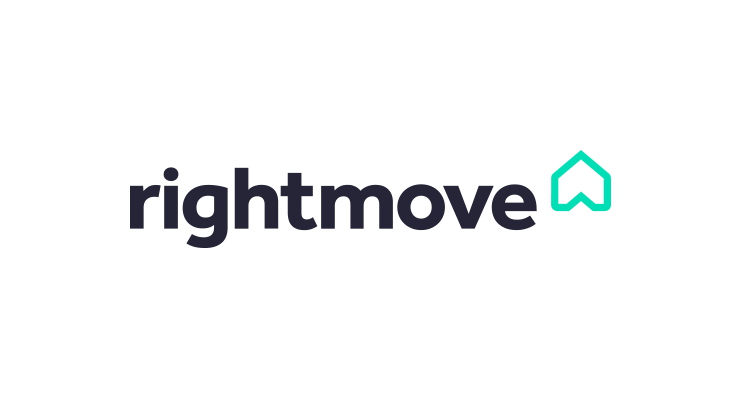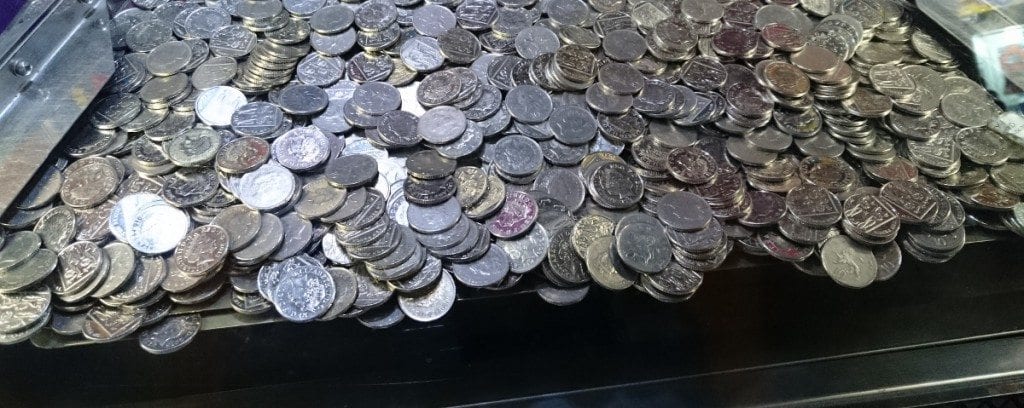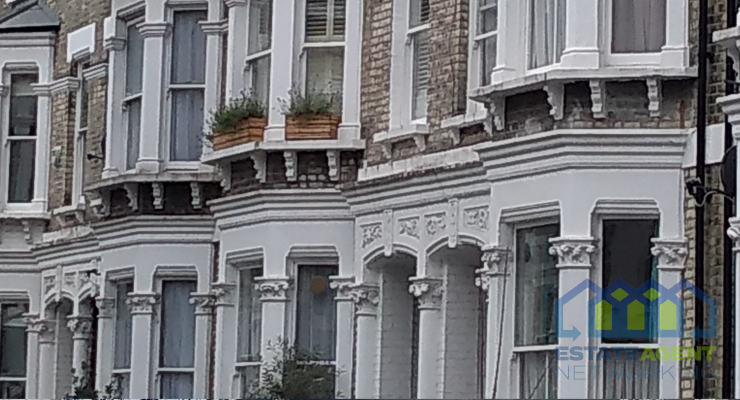Momentum gathers for retail investment as Bank Rate cut again
- Demand to invest in retail property was up by 30% in Q3 2025 compared to the same period in 2024
- The office market is also continuing to recover, with investment demand up by 31% over the same period, and leasing demand up by 7%
- Overall demand to invest in commercial property was up by 11% year-on-year in Q3 2025
The recovery of the retail sector in the UK continued in the third quarter of the year, according to the latest data from the UK’s number one commercial property website Rightmove.
Demand to invest in retail property was up by 30% compared to the same period in 2024, measured by enquiries to commercial agents about listings. At the same time, supply of retail property fell by 2%.
The figures build on the momentum from last quarter, where demand to invest in retail property was up by 35% compared with the same three-month period in 2024.
High-street retail investment demand, which makes up a large proportion of the retail sector, was up by 45% compared to the same quarter last year. That is down slightly on the Q2 year on year figure – at 56% – but is nevertheless robust.
The renewed interest in investment in the retail sector is the result of multiple factors, most importantly continuing – albeit cautious – cuts to the Bank of England’s Base Rate. The Base Rate was last cut to 4% on 7 August, its fifth reduction since August 2024.
Outside of the retail sector, the office market is also continuing its recovery, with demand to invest in office space up by 31% compared with last year, and demand to lease office space up by 7%.
Several key London markets have seen big boosts in leasing demand, including Westminster, the City of London, and Hackney.
The industrial sector continues to lead the way as it has done throughout the year. The latest snapshot of the sector shows that demand to lease industrial space is up by 29% compared with the same period last year, while investment demand is up by 53%.
Bank Rate cuts are supporting a broader recovery in commercial property investment in the UK. According to Rightmove’s data, overall demand for investment in commercial property was up 11% year on year in Q3. The equivalent figure for the second quarter was 20%.
Experts’ Views
“Bank Rate cuts are supporting investment in the retail sector, and the commercial property sector more broadly compared with last year. The retail sector is also being helped by more realism over values, and an improving occupational market. However, like all aspects of the commercial property market, there are some segments and sectors of the market doing better than others. High-street retail is showing some positive figures overall, but some high streets and shopping centres in secondary locations will be moving more slowly.”
Andy Miles, Rightmove’s MD of Commercial Real Estate
“The occupier market was active in Q3: we recorded 11 million sq ft of take-up, on top of 21 million sq ft in the first half of 2025. That puts the year on track to beat last year’s total (36 million sq ft) and to match or exceed the ten-year average. Manufacturing demand has strengthened, accounting for 36% of year-to-date take-up. E-commerce is also a key driver, with rising activity from Chinese platforms in the UK. So far this year Chinese firms have taken more than 2 million sq ft of space, more than double the amount of space they did in the whole of 2025. With some Chinese firms aiming to rapidly expand their operations in the UK, we expect this demand to carry into 2026, supporting both leasing and investment volumes.
“In the investment market, we’ve recorded £1.4 billion of transactions this quarter, though this is down compared with Q3 last year, we expect Q4 to provide a boost to the annual total, with several sizeable transactions pending or already completed.”
Claire Williams, Head of UK & European Industrial Research at Knight Frank
“Despite broader economic uncertainty and reports of declining consumer spending, trade remains steady across needs-driven retail sectors such as convenience stores and petrol stations. These essential services continue to attract strong investor interest. While discretionary spending and luxury retail may feel the pinch if consumers tighten their belts, the overall retail property market remains resilient and we’re seeing high demand for quality assets in desirable locations.”
Steve Rodell, Managing Director – Retail & Leisure at Christie & Co








